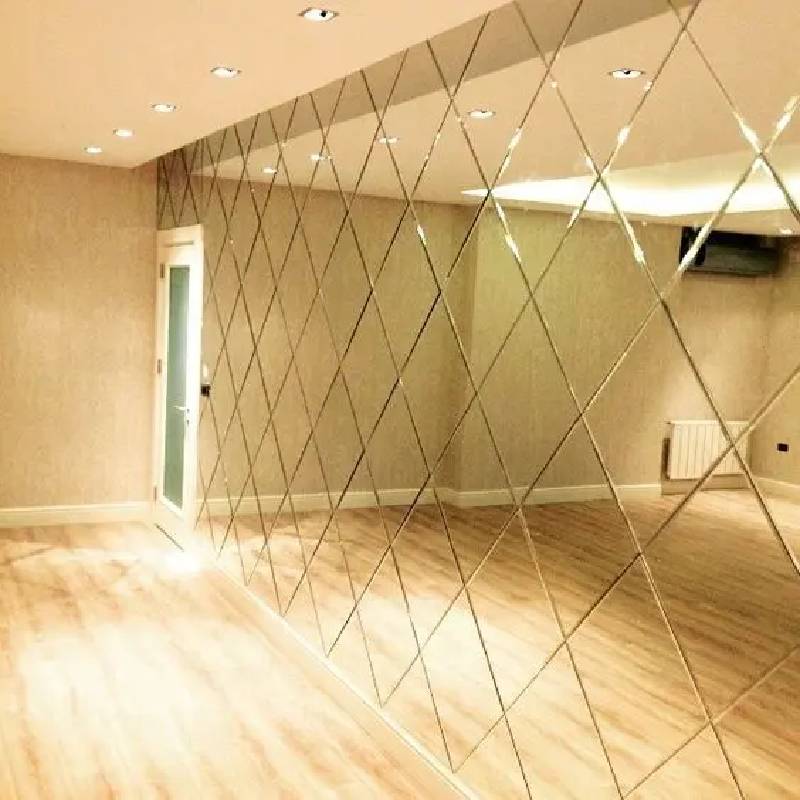Tempered glass, known for its strength and durability, is commonly utilized across various applications, from architectural designs to household items. Its remarkable resistance to thermal stress and sudden impacts makes it an ideal choice for environments where safety is paramount. Various names and types of tempered glass reflect its diverse applications and characteristics.
One of the most popular types of tempered glass is toughened glass. This name highlights its enhanced strength compared to standard glass. The toughening process involves heating the glass to high temperatures and then rapidly cooling it, creating a hardened material that is less likely to shatter upon impact.
Another commonly used term is safety glass. This name emphasizes the glass's role in minimizing injury in case of breakage. When shattered, tempered glass breaks into small, blunt pieces rather than sharp shards, making it a preferred choice for public buildings, vehicles, and glass doors.
Laminated tempered glass refers to a type of glass that combines multiple layers of tempered glass with interlayers, such as PVB (polyvinyl butyral). This combination offers additional security and sound insulation, making it ideal for skylights, curtain walls, and safety glass in residential settings.
tempered glass names
Heat-strengthened glass is another variant that, while not as strong as fully tempered glass, undergoes a similar heating process. It is less expensive and still provides resistance to thermal stress, making it suitable for applications where safety is important but extreme strength isn’t necessary.
Low-iron glass is often tempered for specific aesthetic purposes, particularly when clarity and color accuracy are essential, such as in showcase displays. The term refers to the reduced iron content in the glass, which minimizes the green tint typically seen in standard glass.
Lastly, reflective tempered glass features a coating that reflects heat and sunlight
. This type is frequently used in commercial buildings to improve energy efficiency while providing a sleek, modern look.
In conclusion, tempered glass comes in various forms and names, each tailored to meet specific needs and safety standards across different applications. Its versatility and strength continue to make it a popular choice in both residential and commercial designs.
 Afrikaans
Afrikaans  Albanian
Albanian  Amharic
Amharic  Arabic
Arabic  Armenian
Armenian  Azerbaijani
Azerbaijani  Basque
Basque  Belarusian
Belarusian  Bengali
Bengali  Bosnian
Bosnian  Bulgarian
Bulgarian  Catalan
Catalan  Cebuano
Cebuano  Corsican
Corsican  Croatian
Croatian  Czech
Czech  Danish
Danish  Dutch
Dutch  English
English  Esperanto
Esperanto  Estonian
Estonian  Finnish
Finnish  French
French  Frisian
Frisian  Galician
Galician  Georgian
Georgian  German
German  Greek
Greek  Gujarati
Gujarati  Haitian Creole
Haitian Creole  hausa
hausa  hawaiian
hawaiian  Hebrew
Hebrew  Hindi
Hindi  Miao
Miao  Hungarian
Hungarian  Icelandic
Icelandic  igbo
igbo  Indonesian
Indonesian  irish
irish  Italian
Italian  Japanese
Japanese  Javanese
Javanese  Kannada
Kannada  kazakh
kazakh  Khmer
Khmer  Rwandese
Rwandese  Korean
Korean  Kurdish
Kurdish  Kyrgyz
Kyrgyz  Lao
Lao  Latin
Latin  Latvian
Latvian  Lithuanian
Lithuanian  Luxembourgish
Luxembourgish  Macedonian
Macedonian  Malgashi
Malgashi  Malay
Malay  Malayalam
Malayalam  Maltese
Maltese  Maori
Maori  Marathi
Marathi  Mongolian
Mongolian  Myanmar
Myanmar  Nepali
Nepali  Norwegian
Norwegian  Norwegian
Norwegian  Occitan
Occitan  Pashto
Pashto  Persian
Persian  Polish
Polish  Portuguese
Portuguese  Punjabi
Punjabi  Romanian
Romanian  Russian
Russian  Samoan
Samoan  Scottish Gaelic
Scottish Gaelic  Serbian
Serbian  Sesotho
Sesotho  Shona
Shona  Sindhi
Sindhi  Sinhala
Sinhala  Slovak
Slovak  Slovenian
Slovenian  Somali
Somali  Spanish
Spanish  Sundanese
Sundanese  Swahili
Swahili  Swedish
Swedish  Tagalog
Tagalog  Tajik
Tajik  Tamil
Tamil  Tatar
Tatar  Telugu
Telugu  Thai
Thai  Turkish
Turkish  Turkmen
Turkmen  Ukrainian
Ukrainian  Urdu
Urdu  Uighur
Uighur  Uzbek
Uzbek  Vietnamese
Vietnamese  Welsh
Welsh  Bantu
Bantu  Yiddish
Yiddish  Yoruba
Yoruba  Zulu
Zulu 

